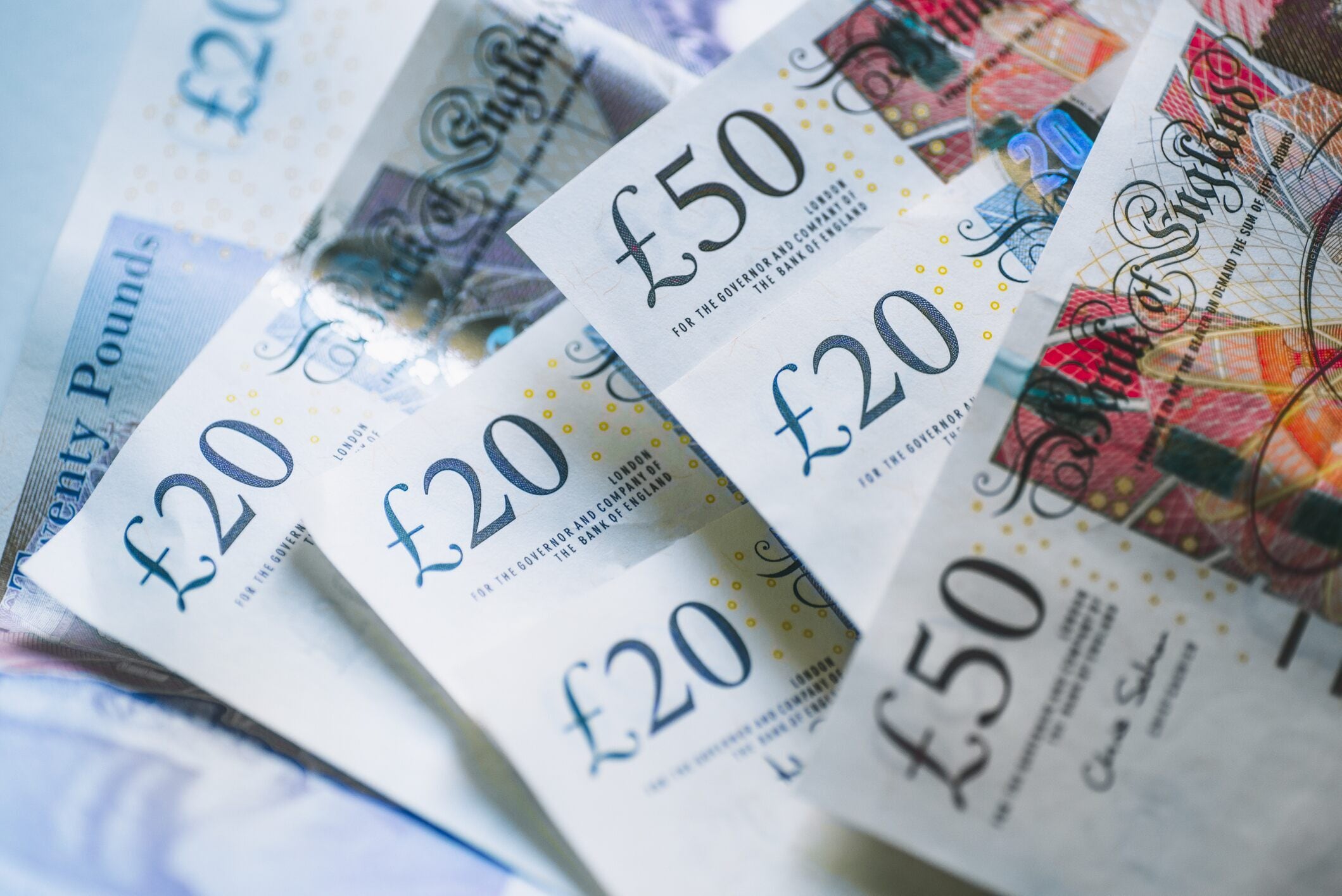As widely expected, the Bank of England raised rates for the 12th meeting in succession pushing the base rate to 4.5%, while guiding that they expected to raise rates further in the coming months.
The decision came with a 7-2 split with Silvana Tenreyro and Swati Dhingra dissenting and voting to keep rates unchanged, which again wasn’t a surprise given that both have been vocal in arguing that rates were high enough already.
Tenreyro in fact used an analogy of hawkish policymakers being akin to fools in the shower who scald themselves due to impatience because the water suddenly heats up very quickly.
It’s certainly a colourful analogy but it completely misses the point that the water should have already been hot enough by now, and the only reason it isn’t is because the Bank of England procrastinated in getting ahead of the problem, and getting the plumber in earlier, when it had started to become increasingly obvious to almost everyone else that the central bank was behind the curve.
We should also remember Tenreyro is leaving the MPC in the next couple of months so probably feels emboldened to be slightly more free speaking in her criticism of her fellow policymakers.
While the rate decision was widely expected we also saw the Bank of England change its forecasts for inflation as well as GDP, with the MPC upgrading its GDP forecast for the UK economy, by quite a significant amount.
The bank now sees 0.2% growth for Q1, the numbers of which are due for release tomorrow, and 0.2% for Q2 as well, while upgrading its GDP forecast for 2023 to 0.25% from -0.3% and indicating a 0.75% expansion in 2024.
While this is welcome news it’s also important to remember that just over 6 months ago the bank was predicting a 2-year recession, so their track record isn’t particularly great.
The bank’s modal projections for headline CPI are for a fall to 8.2% in Q2 of this year, to 5.1% by year end and to get close to its 2% target during Q4 of 2024, before falling below 2% in 2025.
The bank went on to say that the current forecast wasn’t a strong forecast, but it was less weak than previous ones, with Governor Andrew Bailey saying that inflation risks are skewed to the upside.
Today’s shift has seen sterling markets start to price in the prospect of at least another 2 rate hikes between now and Q3, however this pricing is likely to be equally as weak as the economic forecasts announced by the Bank of England today.
If headline inflation in two weeks’ time falls by as much some people think, it might be that we may well only see one additional hike in the coming months, before a pause is signalled.
The disappearance of the energy price cap from the baseline CPI calculation could see headline inflation fall from the 10.1% in March and fall as much as 2% to just above 8%, when those numbers are released on 24th May, although core prices is where the real concern for the Bank of England which is at 6.2%, and where wages in some parts of the UK are trending above 10%.
There is also the small matter of the Federal Reserve if the US rate hike seen earlier this month turns out to be the last one for a while. If the Fed does remain on hold the pressure on the Bank of England to hike further may well also diminish.
Today’s market reaction has been a relatively subdued one with the pound pushing briefly above 1.2600 against the US dollar before sliding back, while UK 2 year gilts are unchanged at 3.81%, with Governor Bailey refusing to give any sort of steer on where rates might go next.
This would suggest that markets perceive a high degree of uncertainty when it comes to whether we will see another rate hike when the Bank of England next meets on June 22nd.
By the time we get to that June meeting we’ll have seen two more CPI reports, as well as two more rounds of unemployment and wages data, so there’s plenty of room for sentiment around further moves on interest rates to change.






